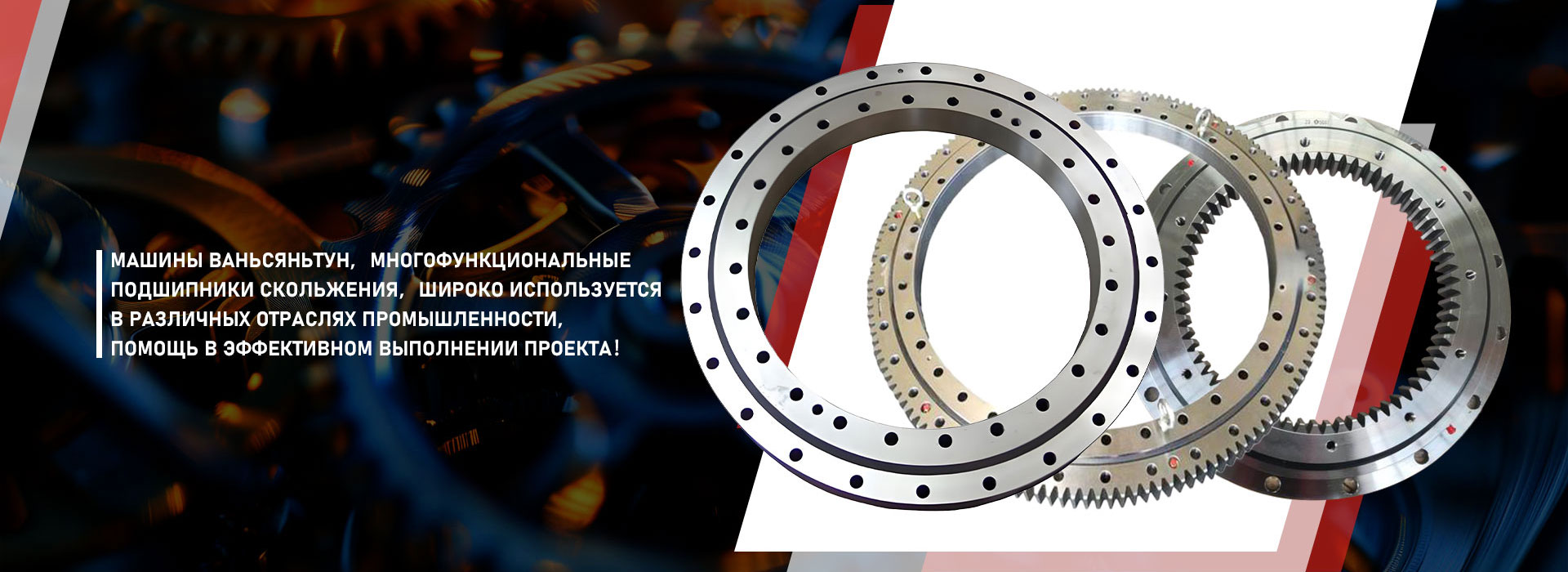
bearings 1
Bearings 1
What are bearings and why are they needed?
Imagine a wheel. Without bearings, it would creak terribly, quickly wear out and rotated with difficulty. Bearings are small, but incredibly important details that allow various rotating parts of machines and mechanisms to interact with each other smoothly and without problems. They, like greased gears, provide smooth rotation, reduce friction and wear, which makes the work of mechanisms more durable and efficient. From small children's toys to giant industrial machines - bearings work everywhere. They not only reduce noise and wear, but also increase the overall performance and safety of mechanisms.
Varieties of bearings and their features
There are different types of bearings, each of which is suitable for a certain task. Some bearings perfectly cope with heavy loads, others - with a high speed of rotation. For example, ball bearings, like small balls contained in special paths, provide smoothness and durability of rotation. There are also roller bearings in which videos are used instead of balls, which allows you to withstand heavy loads. The choice of the desired type of bearing depends on how powerful and intense the movement of the mechanism for which it is intended will be. It is how to choose the right tool for specific work.
How to choose a suitable bearing?
When choosing a bearing, several factors must be taken into account. The first is the load that he must withstand. The second is the speed of rotation. Third - operating conditions. Will the bearing work in a dusty environment, in conditions of high humidity or at high temperatures? The correct selection of a bearing is the key to a long and uninterrupted operation of the entire system. It is important to compare the characteristics of different types of bearings and choose those that best meet the requirements of a particular mechanism. Sometimes even a small bearing can play a decisive role in the operation of the entire device.
AppropriateProducts
Corresponding products
The best soldproducts
The best -selling productsConnectedsearch
Related search- Suppliers of supporting devices in China
- Leading countries-buyers of gear antelopes in China
- Measurement of a gap in the supporting device manufacturers of Liebherr
- Price for replacing oem gears
- Cheap intermediate gears of factories
- Prices for ship supporting devices in China
- Cheap intermediate gears manufacturers
- Suppliers cheap gear 5
- Manufacturers of cheap parts of processing
- Cheap suppliers Roting ring of crane














